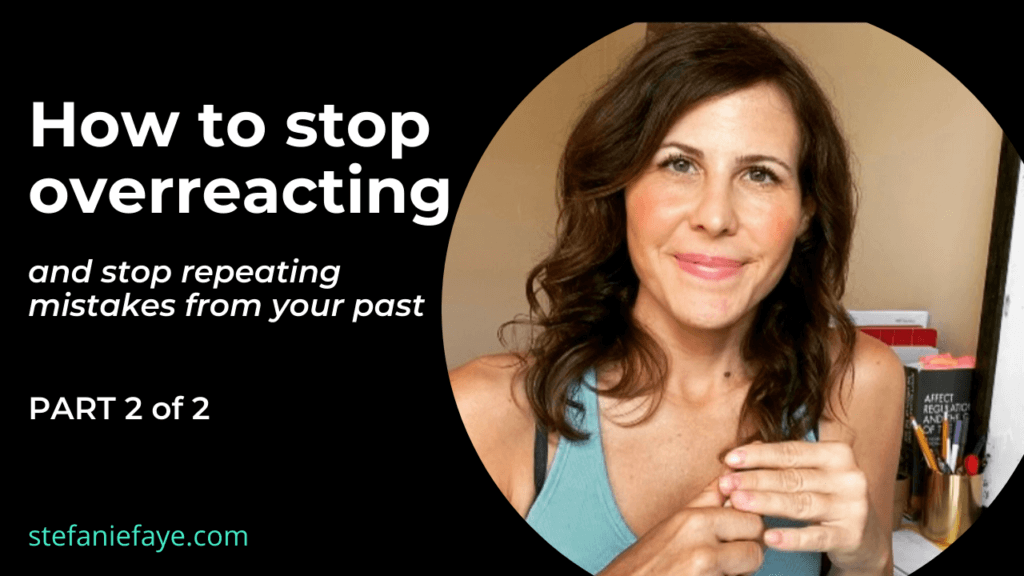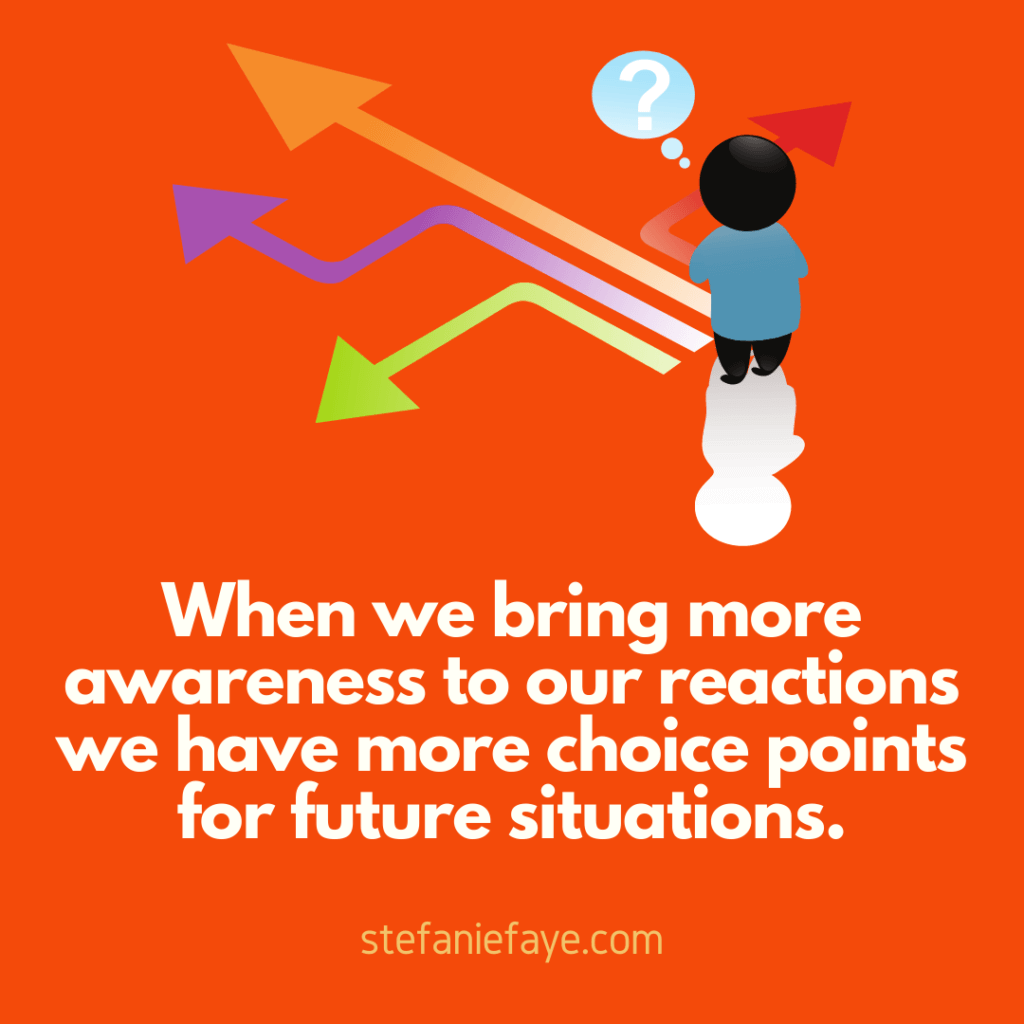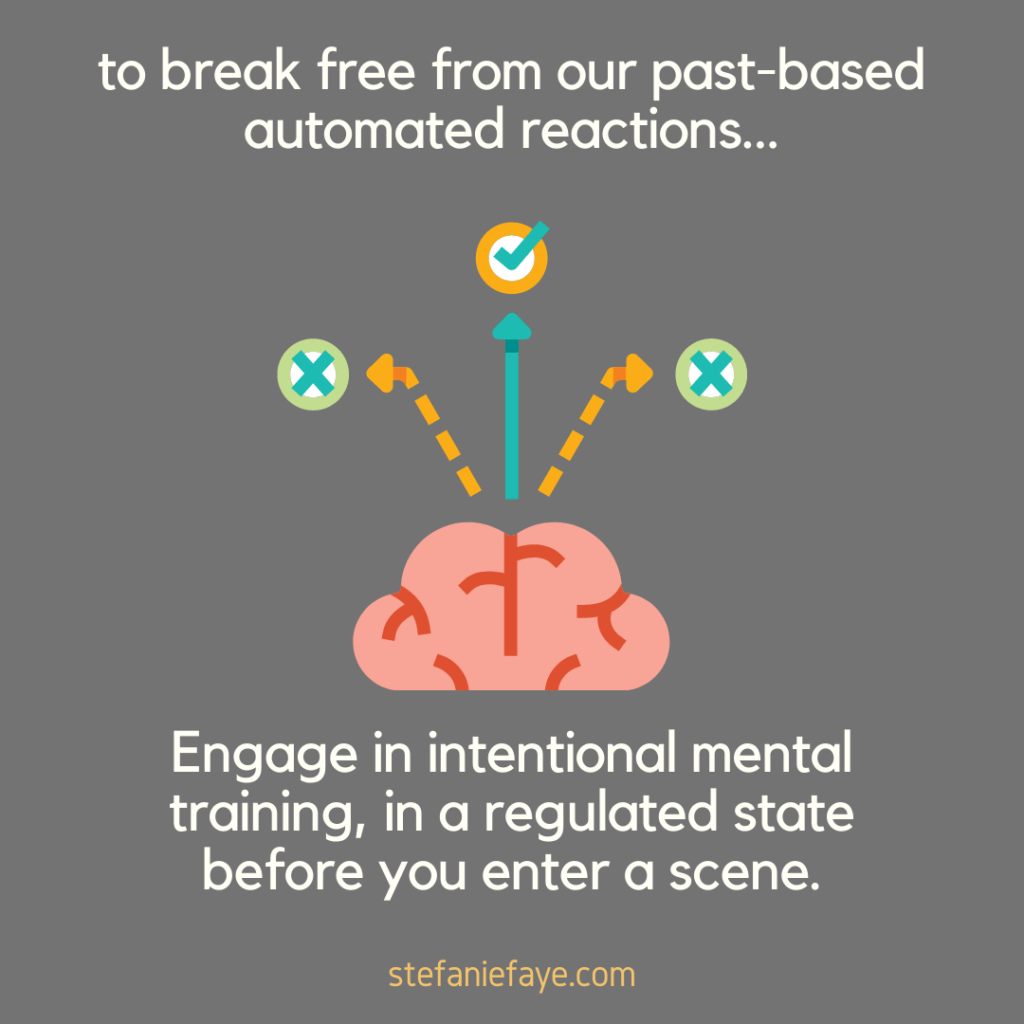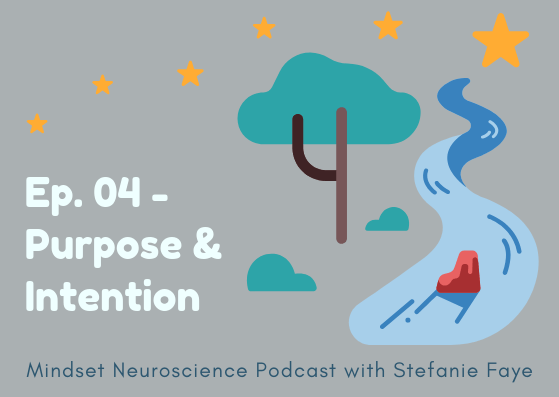
What does it mean to react?
An important aspect of the word reaction is ‘re’ - which means that it happens again.
To re-act is to act again and again in a similar way.
In the psychotherapy world, you may hear about the idea that you are not having different relationships all the time, you’re having the same relationship with different people over and over again.
You’re playing the same things out, but with different ‘actors on the stage’. You play out a new scene, but the beliefs and mental models are there in each scene.
The other part of the word reaction is ‘action’.
Action can be broken down into a mechanical process. The more we can see the mechanics of what we are doing in each scene of our life, we have a better chance of learning how to make new adjustments that allow us to be more flexible and adaptive in our relationships with ourselves and others.
When we bring more awareness to our reactions we have more choice points for future situations.
An extremely important concept we can learn to become more aware of is something called anticipatory and mechanical adjustments (covered in episode 10 season 2).

Anticipatory postural and mechanical adjustments are based on our past experience.
Things that have happened in our life lead the brain-body system to create certain algorithms and predictive models, which then leads the machinery of the body to actually brace itself or relax itself and to zoom out or zoom in on specific features of the characters we bring onto the stage.
And some of these characters will have things that remind us of people from our past. These can be facial gestures, voice frequencies, smell and the mechanical adjustments of their body

The only way to get out of this cycle of reacting is to add the dimension of awareness.
Once you do this, you have the ability to act in a new way instead of unconsciously acting in the same way again and again.
One step in this to bring awareness specifically to our anticipatory adjustments. Know that as you go into an interaction, you are bringing your past with you and an ‘archetype’-like categorization to each person. For example, if you see someone as a type of authority or you want to have a closer connection with someone than you feel exists, all of these have triggers and neural associations that relate to our early attachment experiences*.
*(I'll be covering the neuroscience of attachment theory in depth in the next article and podcast episode 11).
Know that the way you are sitting, slumping over, moving your hands are part of this ‘preparatory set’ based on your past. These contribute to your internal state. But they also limit your perception and accuracy of current moment information
For example, we may use tiny micromovements of your eyes and our other senses to narrow in on specific features of an interaction to notice something you already predict will occur. This leads to our attention blocking out other information that is actually there. Research shows that when we are in a negative affective state, our attention narrows onto very specific things. When we are in a positive state, our attention is broader - it’s allowing for more information to come in to our awareness.
Pre-action or mental training can help break the cycle of reacting in maladaptive ways
Pre-action: Mental preparation before we enter a new scene.
This type of mental training needs to happen when we are in a regulated state. This is so that enough of the neural and behavioral resources and features of our brain needed for flexible and *new* types of actions and thoughts are fully accessible to us.
When we are dysregulated, those flexible and innovative features of our brain are less accessible due to our nervous system needing to conserve energy for fight/flight/freeze and fawn* responses (more about the fawn and other responses in an upcoming post)
Steps for Mental Training/Pre-Action:
- Set aside time where you can be in a calm, regulated state.
- Take a few moments to notice how your body feels as it is calm and grounded.
- Notice your posture, your breath, your hands, your feet, your eye movements (these happen whether your eyes are open or closed).
- Then imagine a scenario where you are having challenges.
- As you do this, continue to bring your awareness to a grounded, regulated state of your body.
- Notice the fluctuations that might occur as you think about this person or situation - if you feel your mind racing or heart beating faster, bring your attention back into the stillness of your body as you sit there.
This process can allow you to experience a challenging relationship - even though it’s in your imagination - with a certain breath, a certain posture that is more connected to you now - in a regulated state.
If you can do this and practice this consistently (it’s something i do in my own life), that can help you enter a new scene with different characters, but with a small amount of memory of what it can feel like to be steady and grounded and present in a situation that might be challenging.

Another way to interrupt automated and anticipatory mechanisms: Novel Movements
This can include novel movements of our vocal cords, eye gaze.
Use your eye gaze in a new way as you enter a scene. This can be expanding your range of attention as to what your eyes are seeing. You may not realize you have narrowed in on certain features of a person’s face.
Other types of novel movements can be
- your vocal cords - your tone and what you say. If you’re normally melodic, try something more grounded. If you’re usually flat sounding, try bringing in more variation
- Body movements -if you’re normally stiff, try adding fluidity. If you’re normally moving around a lot, try being more still.
The main point is: try to do something that is novel to you.
The reason for this is that as soon as we do something unfamiliar and new, it brings our attention to the scene in a more focused way. Novelty requires more of the attentional resources of our brain-body system because we’re not doing things in an automated way.
So just bring awareness to the fact that if you’re having similar reactions to things happening in your life, these are often related to these anticipatory adjustments - which are mechanical and things that you can bring your awareness to.
These adjustments narrow in on data that is based more on expectations than on the abundance of information that is actually available.
So to break free from our past-based automated reactions...
Do some intentional mental training on your own, in a regulated state before you enter a scene
Explore and experiment with novel movements - how you use your senses and machinery of your body in terms of what you are paying attention to.
In the next article, I’ll be covering the neurophysiology of attachment theory - both in childhood and in adult relationships.
References
De Gelder B. (2006). Towards the neurobiology of emotional body language. Nat. Rev. Neurosci.
Fredrickson B. L., Branigan C. (2005). Positive emotions broaden the scope of attention and thought−action repertoires. Cogn. Emot.
Gruters et al., “The eardrums move when the eyes move: A multisensory effect on the mechanics of hearing” https://www.neuro.duke.edu/research/research-news/when-eyes-move-eardrums-move-too
Massion J. (1992). Movement, posture and equilibrium: interaction and coordination. Prog. Neurobiol.
Payne and Godreau, “The preparatory set: a novel approach to understanding stress, trauma, and the bodymind therapies” Frontiers in Neuroscience
*please note that the suggestions and exercises offered in these articles, podcasts and videos are not offered as a substitute for professional mental health care or medical care and are not intended to diagnose, treat or cure any mental health or medical conditions.


